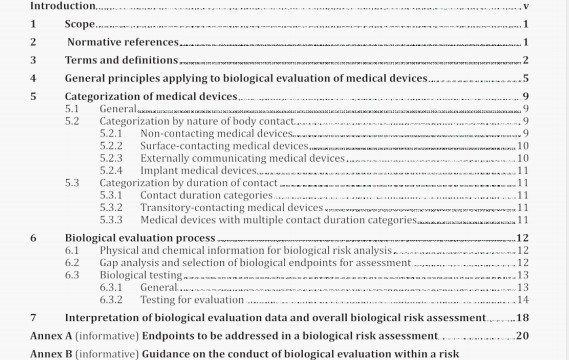ISO 11199-2 pdf download – Walking aids manipulated by both arms – – Requirements and test methods一 Part 2: Rollators.
5.7.1.1 Grip distance measurement
Measure the maximum grip distance and note the dimension to the nearest milimetre (see FIgure 4).
NOTE For roliators aim pressae braes, there is no grip distance.
5.7.1.2 Loading geometry
The rollator shall be placed with its wheels on a plane that can be tilted from the honzontal with the centrel’ne of the hinges parallel to the line through the axis of the front wheels, and at right angles to the normal direction of travel (see Figure 7. without stops on the front wheels). The loading force shall be applied vertically to the rolLator at the midpoint of the line jonig the front handgrip reference ports on the two handgrips.
For a user mass of 100 kg. the loading force shall be 500 N ±2 %. If the maximum user mass specified for the rollator deviates from a user mass of 100 kg, the loading force shall be 5,0 N per kilogram of the maximtm’i user mass ± 2%. The load shall be no less than 175 N ± 2%.
5.7.1.3 Procedure
Place the rollator on the plane against the stops (see Figure 7). Apply the load to the handgrips front reference points Activate the brakes by applying to each of the running brake-operating devices a pulling force of 40 N *2 % or a pushing force of 60 N ± 2 % along the gop distance, whichever is the motion to activate the brakes. Tilt the plane to an angle of 6°. The friction between the braking wheels and the top surface of the plane shall be such that the wheels do not slide. Remove the stops. Leave the rollator for 1 ml If the wheels turn, note the time for the rollator to move 10 mm.
5.7.2 Parking brakes
If each brake-operating device acts on one wheel only, both shall be tested simultaneously. If either brake- operating device acts on both wheels (central brakes), each of the brake-operating devices shall be tested separately
5.7.2.1 Set and release force
Measure the forces necessary to set and to release the parking brakes, to an accuracy of ± 2 %, by applying the force along the grip distance line of each brake-operating device and note the values to the nearest newton.
If the brake-operating device is a lever that is not operated by squeezing a bar against the handgrip *4th the fingers, the force shall be applied at a point 20 mm inwards from the end of the lever and In a direction perpendicular to the line connecting the point of force application with the pivot of the lever,
6.3 Documentation
The following information shall be contained in the instructions for use and/or assembly, or dearly and widellbly marked on the product:
a) maximum rollator height:
b) minc’tum rollator height.
C) maintenance and cleaning Instructions. induding a description of the method and suitable cleaning agents and any precautions needed to avoid corrosion and/or ageing of the materials used in construction of the rollator;
d) instructions for assembly, adjustment of all kinds, folding and unfolding;
e) warnings and advice about precautions relating to safe distances between moving and stationary parts (see EN 12182:1999, Clauses 12 and 13, for guidance);
f) maximum safe working load (SWL) for load carrying accessories such as ba5ket, tray, shopping bag, etc. NOTE 1 Most countnes require that Information be In one or more of their offIQ languages.
NOTE 2 The guidance docnent ISO.’JEC Guide 37, InstructIons for use of proc*ic/s of consumer k/erest, can be of he4p when prepe’iog this Information.
Manufacturers are recommended to present their information In separate parts that cover use, prescription, technical and/or paramedical aspects and medical aspects.
7 Test report
The test report shall contain but not be limited to the following information:
a) name and address of the manufacturer:
b) name and address of the supplier of the product for test:
C) name and address of the testing institution:
d) classification code and name in accordance with ISO 9999:
e) maximum permissible user mass:
f) handgrip position by stating the angle between the longitudinal centreline of the handgrip and the direction of motion used during testing;
g) manufacturer’s type and model identification name and/or number;
h) supplier’s type and model identification name and/or number
i) photograph of the rollator
j) month and year when the test was performed:
k) inspection report, as specified in 5.2;
I) diameter of that part of the tip that is in contact with the walking surface, if applicable;
m) whether or not the product complies with the requirements of this part of ISO 11199 (ISO 11199-2:2005):
n) information of how to get access to the supplementary test report of A.4, if available.
ISO 11199-2 pdf download – Walking aids manipulated by both arms – – Requirements and test methods一 Part 2: Rollators
